After climbing the two highest peaks in the Arctic and two Virgin Summits I was struck down with an illness which almost brought my trip to a halt. I recovered enough to get to Iceland, but from then on I was stuck in Hospital again!
Using Twin Otter aircraft flying from Isafjorour in NW Iceland we crossed the Denmark Straights and headed for Greenland.
Below us lay miles or pack ice breaking in the spring thaw before we crossed the coast and got our first views of the Watkins Mountains – endless pyramids layered in ancient ice.
The Twin Otter has been the backbone of Polar aviation for many years and touched down on the glacier with ease. Here we were at last, surrounded by a sea of ice.
The sheer size of Arctic Glaciers means that for your entire trip all you will stand on will be ice. Surviving in this climate has become one of my specialities and I feel at home pitching my tent upon the miles of white
It does bring with it dangers though – crevasses, extreme cold and even Polar Bears! Fortunately none of these caused any concerns and though at times my frostbite injuries felt the cold I survived well.
Being so far north in we were allowed the luxury of 24 hr daylight. Night travel is possible and sometimes even preferable as the snow hardens in the twilight, but we were able to travel in the day with few problems.
Permanent light does bring with it some problems though, notably the difficulty in getting good quality sleep. You can awaken at 2am in bright sunshine and think that it is time to get up. Eye masks can help, but it is a culture shock to the body.
Named by the Vikings “Hvitserk” or “White Shirt”, Gunnbjørns Fjeld (known as GBF) stands as the Arctic’s highest mountain. Its 3693m (12,113ft) summit is not technically difficult to reach, but a good degree of mountaineering skill is still required.
The summit day was clear and cold allowing stunning views of the surrounding Watkins Mountains and the distant Polar Plateau. I had only been in Greenland for three days and already I was so high. I could feel inside me that this was going to be another momentous trip.
Few People have the opportunity to climb a virgin peak – to stand where no one else has been before and survey all below them.
It’s a wonderful experience and for me a very personal one. Being that first person does not fill me with pride or prowess, more an inner peace where I can find my soul again. Perhaps climbing itself is one of the world’s great soul searchers.
I climbed two peaks in two days – one ascending a long exposed ridge and another through deep snow before returning to base camp.
It’s wrong to believe that being on a glacier is a life of cold temperatures and layers of clothing. True, it can be cold, but when you are under the sun the temperature can reach almost tropical heights and sunburn is a real threat.
High factor sun cream is a must if you are to survive in this fiery landscape. If exposed your skin will burn in minutes no matter how tough you think you are. Covering up is also essential so brimmed hats and 100% UV blocking sunglasses are a must.
Knowing the problems that the sun can cause I used factor 40+ sun cream and still got a cracking tan!
The second highest mountain in the Arctic, Dome stands at 3682m (12,076ft) and is surrounded by crevasse fields and hanging seracs. The approach needs to be cautious, but the cold temperatures and northerly approach mean that the ice and snow is more stable.
Dome provided a long day on the mountain and an 8 mile round trip on ski’s and crampons. The summit ridge was beautiful to walk if a little long, but the views over the breaking pack ice and glaciers was truly beautiful.
After climbing Dome I came down with a complaint which kept me tent bound for the next three days. Stomach cramps, vomiting and sleepless nights kept me off the mountains and brought home to me the delicateness of our position here. Suffering illness at home is bad enough, but when you are hundreds of miles from any help with a possible appendicitis – well, that is something else.
My condition did improve at least allowing me to return to base camp and even continue with the expedition.
At base camp I had to make a choice – rest for another three days or climb. I chose the latter as I felt much better and I’d already suffered the inside of the tent enough.
We left for the Silk Road Glacier to complete only the second summit of Outpost 2848m (9341ft). It was a ten-mile pull each way with a day on the peak.
Though the trip was successful the pull back to base camp almost finished me and I collapsed into my tent. I had pushed myself to my physical limits and could go no further.
Upon my return to Iceland the plan was ho have a couple of days relaxing before coming home. Well, plans can change and I was whisked off to Hospital as my condition had deteriorated. What we hoped would be just a days stay became three days on IV fluids and Antibiotics.
It’s heartbreaking being alone and in Hospital in a foreign land, but I’ve done it before and survived! Thankfully my condition improved enough to allow me home after three days to convalesce and see my own GP.
After another health scare I have thought long and hard about my future in climbing. It seems now that I did suffer an appendicitis, but thanks to all the care I received it didn’t become serious.
Over the coming months I need to monitor my condition to make sure that my appendix settles and to think about what to do next. I have many ideas, but time and a little rest will help me decide.
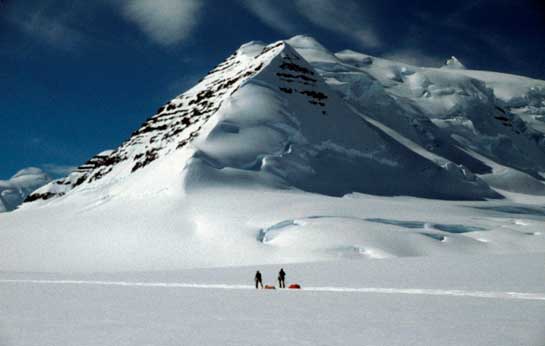
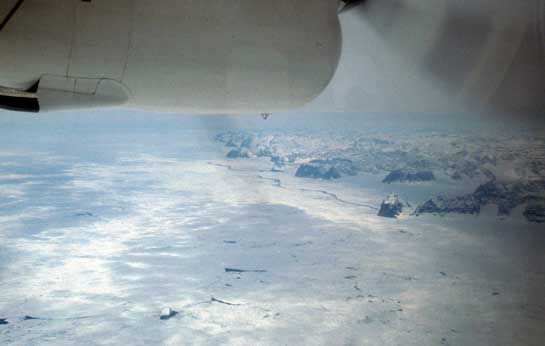
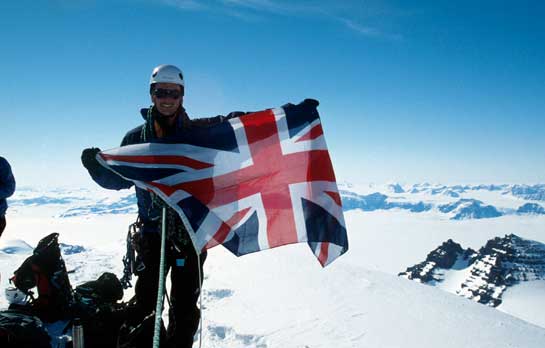

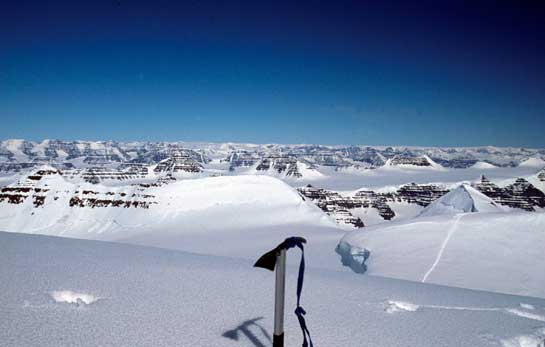
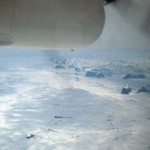

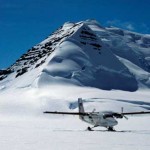
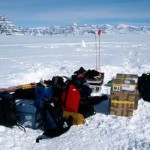
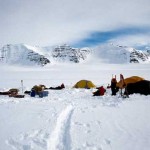
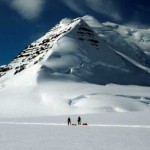
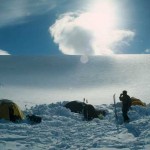
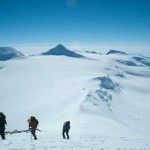
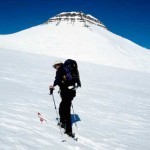
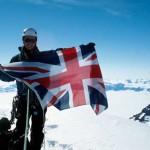
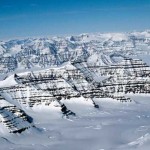
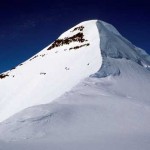
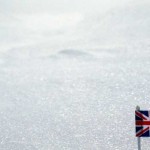
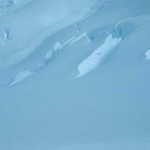
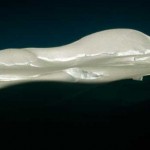
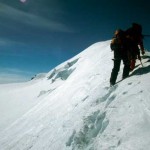
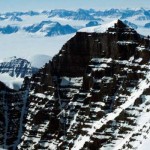
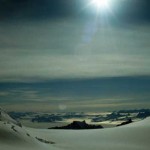
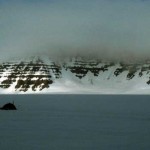
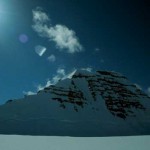
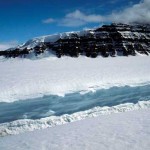
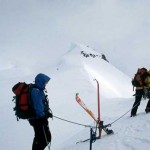
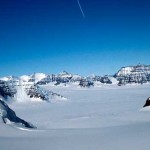
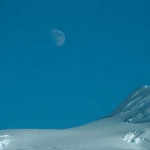
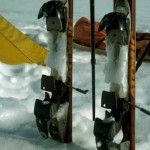
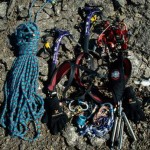
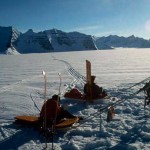
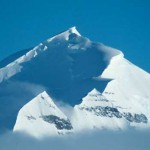
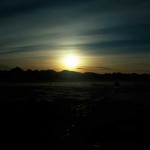
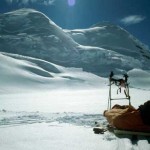
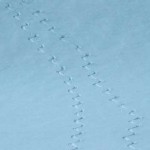
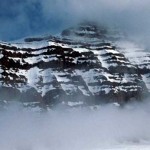
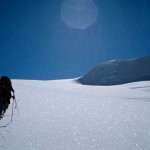
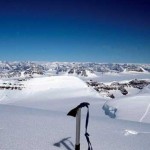
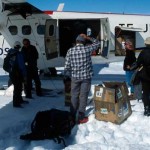
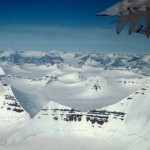
Ist climbed August 1935 by L R Wager et al.
Ref
First climbed by L R Wager, H G Wager, A.Courthauld, J Longland , EC Fountaine , and E Munck as part of the BEGE 1935/36. They manhauled inland from the coast from Cape Irminger in August 1935.
Alpine Club March 3rd 1936. The Watkins Mountains .J L Langland
The Geographical Journal Vol 88. No 3 A Journey in Rasmussen Land . A. Courthauld
The Geographical Journal 90 No 5. The Kangerdlugssuak Region of East Greenland
L R Wager